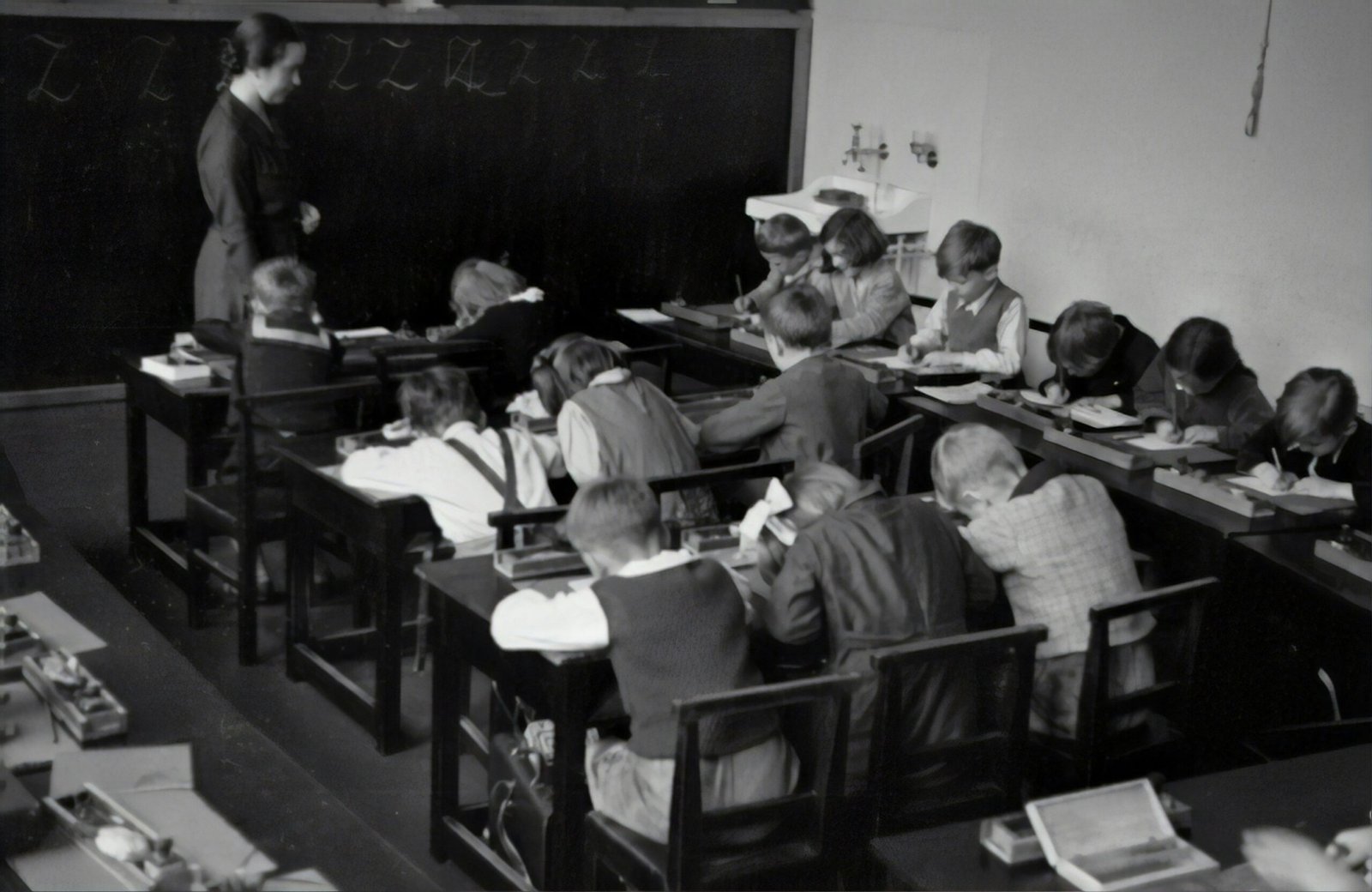Emma Argues with Principal Figgins: A Case Study on Conflict in Schools
Conflicts within school walls are not unusual, but they can have far-reaching effects on students, teachers, and parents alike. A recent incident where Emma, a well-respected member of the teaching staff, argued publicly with Principal Figgins has stirred up significant discussion. Below, we’ll explore the intricacies of such conflicts and the importance of addressing them effectively.
The corridors are buzzing following a heated exchange between Emma and Principal Figgins. This incident, which took place right before the annual science fair, has students and faculty members concerned about its implications and the underlying issues that triggered it.
Background
Emma is known for her innovative teaching methods and commitment to student welfare, while Principal Figgins is heralded for his stringent policies maintaining the school’s accolades. Their starkly contrasting personalities and educational philosophies set the stage for the recent dispute.
Reasons for the Argument
Differences in opinion or approach:
Emma, a passionate advocate for a more hands-on and inclusive approach to learning, often found herself at odds with Principal Figgins, who firmly believed in traditional and results-driven methodologies. Their clash of ideologies became apparent when it came to the allocation of resources between extracurricular activities and academic competitions. Emma believed that fostering a well-rounded educational experience through diverse extracurricular opportunities was crucial for students’ holistic development, while Principal Figgins prioritized academic achievements and believed that resources should be channeled towards maximizing academic competition success.
Miscommunication or misunderstanding:
The heated argument between Emma and Principal Figgins was not solely fueled by their differences in opinion but also by a series of miscommunications. Emma felt frustrated and unheard as she perceived her ideas to be outright dismissed by Principal Figgins. However, Principal Figgins, burdened by budget constraints, saw Emma’s proposals as unrealistic given the financial limitations the school faced. The clash was not merely a clash of ideas, but a result of their inability to effectively communicate and understand each other’s perspectives in the midst of mounting tensions.
Impact on High School Students
Students are highly perceptive and attuned to the tensions that exist among their educators. The psychological impact of these tensions can manifest in various ways, such as increased anxiety and a sense of instability within the learning environment. Moreover, when conflicts arise, they have the potential to undermine the authority of teachers and disrupt the normative school environment, which is crucial for fostering effective learning and academic growth. It is important to recognize and address these dynamics in order to create a supportive and conducive atmosphere for students to thrive.
Effect on Parents, Teachers, and Management
Parental concerns and involvement: News of the argument quickly spread among parents, causing a ripple of worry about the overall school climate and its potential impact on the well-being and academic progress of their beloved children. Parents anxiously wonder how this incident reflects on the school’s values and the measures in place to ensure a safe and nurturing environment for their young ones.
Teacher morale and job satisfaction:
The unfortunate incident not only has the potential to demoralize the dedicated faculty but also threatens to undermine their job satisfaction. Feeling disheartened, teachers may experience a decline in motivation, which could adversely affect their teaching effectiveness and overall commitment to their profession. Some educators might even contemplate exploring alternative employment opportunities elsewhere, seeking an environment that fosters respect and support.
Management’s role in resolving the conflict:
The manner in which management promptly and transparently responds to this incident will play a pivotal role in restoring trust and confidence among all stakeholders. The actions taken by the school administration to address the conflict will set the tone for future conflicts and their resolution, demonstrating the institution’s commitment to creating a harmonious and inclusive environment for students, staff, and parents alike.
Resolving the Conflict
In conflicts such as the one between Emma and Principal Figgins, mediation, often facilitated by an unbiased third party, can be valuable. Acknowledging both parties’ concerns, exploring compromise, reinforcing shared goals, and promoting open, continuous dialogue are essential steps.
FAQs
Q: How can school administrators prevent conflicts like this from arising in the future?
A: Effective communication and a proactive approach to addressing differences in opinion and values can go a long way in preventing conflicts. Building a culture of mutual respect, collaboration, and open-mindedness among all stakeholders is key.
Q: What steps can be taken to support students who may have been affected by this incident?
A: It is important to create a safe space for students to express their concerns and provide appropriate support, such as counseling services. Educators should also strive to maintain a sense of normalcy within the school environment, promoting stability and minimizing disruption. Ultimately, prioritizing students’ well-being and addressing any underlying issues will help them navigate through this challenging situation. Additionally, open communication with parents can help alleviate their concerns and reinforce the school’s commitment to providing a supportive learning environment for their children.
Q: How long will it take for the school community to heal from this incident?
A: Healing takes time and the duration will vary for each individual. However, by actively addressing the issues at hand and promoting a united front among all stakeholders, the school community can work towards restoring trust and fostering a positive learning environment. With continued efforts towards open communication and mutual understanding, this incident can ultimately serve as a learning experience for everyone involved, leading to stronger relationships and a stronger school.
Conclusion
Conflicts are bound to arise where passions for education drive individuals. However, effective communication and comprehensive conflict resolution are vital for a school’s health and success. It’s crucial that we not only understand the nature of these conflicts but also work collaboratively towards harmonious solutions. As we move forward, lessons from Emma and Principal Figgins’ dispute can guide us in fostering a more supportive and understanding school environment.
In discussing conflicts like “Emma Argues with Principal Figgins,” we see the importance of mediating strategies and reaffirm the notion that at the heart of education should be a cooperative, not adversarial, spirit.






